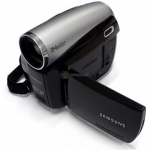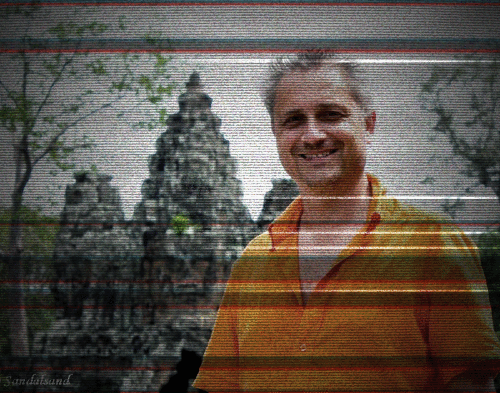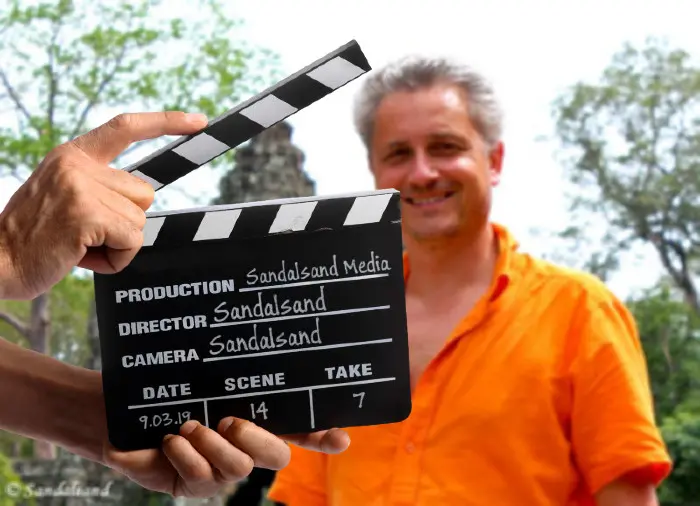How do you make old video available on a digital platform? Changes in technology render old technology useless and inaccessible. The problem is that in the age of analog media like the first video cameras in the 1990s, you are obliged to have that generation of camera available to play back your recordings. If you don’t, you’re basically lost.
That is what happened to me.
See my previous article on video photography: “My journey through the history of camcorders“.
Dealing with Hi8 tapes
My Hi8 video tapes had for the most part been transferred to VHS and reused. Later on I converted the VHS tapes to DVDs by using a borrowed DVD/VHS-player. That player was capable of recording and burning DVDs. Naturally this involved less quality than the original tapes but this was the only way towards having a digitised collection of videos.
Some of my most recent Hi8-tapes had recordings which I hadn’t transferred to VHS by the time the Hi8 camera broke down and I “upgraded” to DV. These recordings were unreachable for me unless I contacted a professional company with all the right equipment.
Luckily a colleague of mine had inherited an old Hi8 camcorder from his father. That camcorder had a Firewire extension and equipped with a matching card in a free slot on my laptop I began the slow process of converting the Hi8 tapes into a digital format.
Dealing with MiniDV tapes
 The next generation was that of MiniDV tapes (pictured above). I no longer had a working camera able to playback those tapes; and they had not been converted into a readable format. In 2009 I made a decision to purchase a new camcorder (Samsung VP-D381 Mini DV, image to the left) using that old technology. I did this primarily for this digital project. As a matter of fact I also needed a new camcorder for my Indo-China solo-trip that year, leaving the HDD-camera at home with the family.
The next generation was that of MiniDV tapes (pictured above). I no longer had a working camera able to playback those tapes; and they had not been converted into a readable format. In 2009 I made a decision to purchase a new camcorder (Samsung VP-D381 Mini DV, image to the left) using that old technology. I did this primarily for this digital project. As a matter of fact I also needed a new camcorder for my Indo-China solo-trip that year, leaving the HDD-camera at home with the family.
Anyway, I sat down with this camera throughout 2009 and into 2010 and transferred the contents of all my 30-odd MiniDV disks to my PC and an external hard disk drive.
Some issues related to capturing video tape to a computer
Video files consume a lot of disk memory of course. (See my section about storing media files.) Rendering a file is also a time consuming task. It is not possible to do a fast forward spin on your player; you will have to playback and record in real time. An hour of video takes an hour to record.
Actually it takes a lot more considering the time you need to change tapes, finding the right spot to start and finish, and setting up the connection between the two media. I learned that making the transferred clips very long, incresased the risk of a crash somewhere along the line.
This experience resulted in an effort to split the transferred huge clips into shorter ones. I was finally able to render all my tapes to a digital form on a computer.
My final digitised 113 “raw” files varied in length between 22 seconds and 2 hours. I was now sitting on 44 hours of raw material. In my next blog post I’ll describe how I work on my video files digitised on disk.

Further reading
I am discussing the tremendous task of creating a digital collection of media in a series of articles.
- Taking care of your photographed memory (Introduction)
- Video photography: My journey through the history of camcorders
- Making old video available on a digital platform
- NEXT CHAPTER: Working on digital video files
- The making of a digital photo collection
- The art of geotagging pictures
- Building a media archive of pictures and video clips
- Storing your media archive and keeping it safe
- Making YouTube videos from photos and video clips


